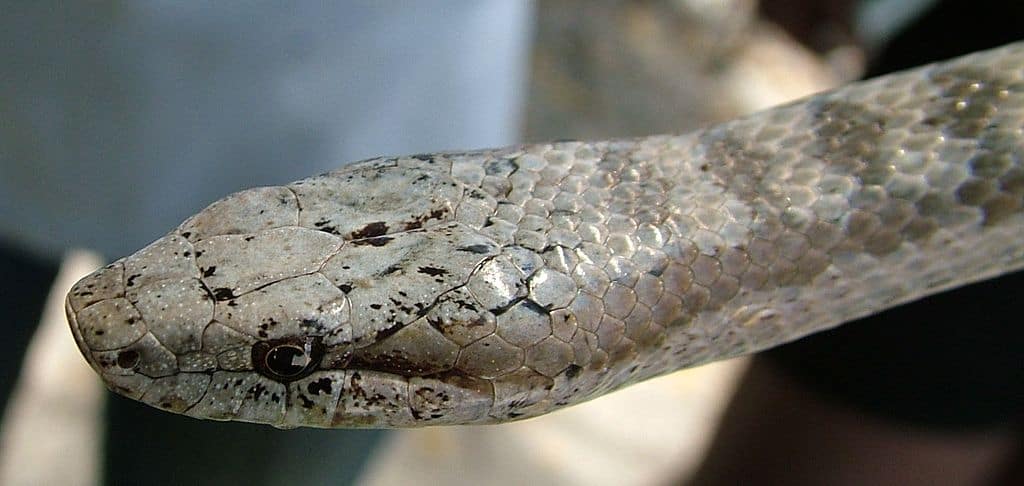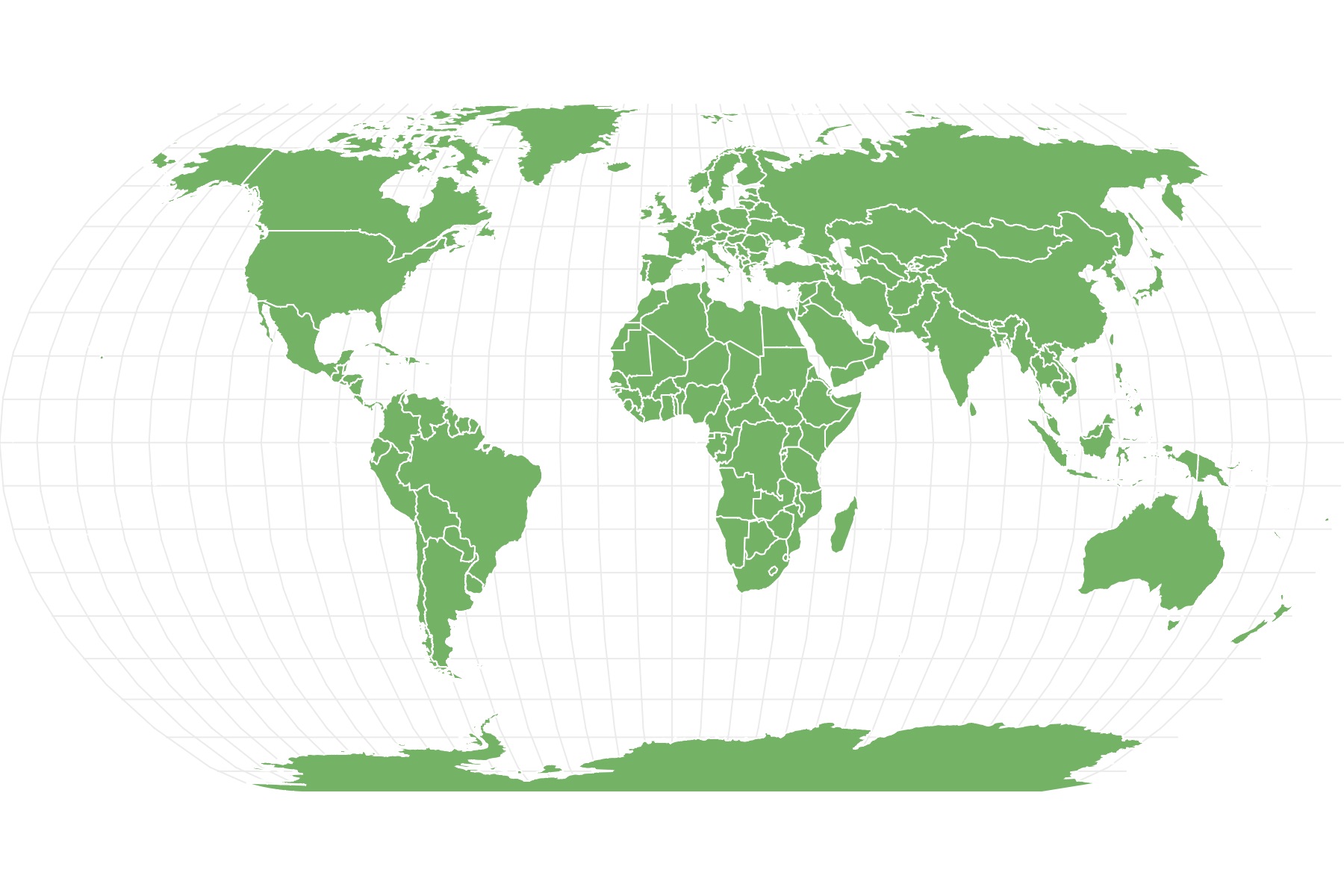One of the most endangered snakes in the world
Advertisement
Antiguan Racer Snake Scientific Classification
- Kingdom
- Animalia
- Phylum
- Chordata
- Class
- Reptilia
- Order
- Squamata
- Family
- Colubridae
- Genus
- Alsophis
- Scientific Name
- Alsophis antiguae
Read our Complete Guide to Classification of Animals.
Antiguan Racer Snake Conservation Status
Antiguan Racer Snake Facts
- Prey
- Lizards
- Main Prey
- Antiguan ground lizard
- Group Behavior
- Solitary
- Fun Fact
- One of the most endangered snakes in the world
- Estimated Population Size
- 1,000
- Biggest Threat
- Invasive predators
- Most Distinctive Feature
- Variable markings
- Temperament
- Docile
- Habitat
- Woodlands and thick undergrowth
- Predators
- Asian mongoose
- Diet
- Carnivore
- Lifestyle
- Diurnal
- Favorite Food
- Lizards
- Number Of Species
- -1
- Location
- Antigua
- Nesting Location
- Burrows
View all of the Antiguan Racer Snake images!
Summary
The Antiguan racer snake (Alsophis antiguae) belongs to the colubrid snake family Colubridae. Found only on a few islands off Antigua, it ranks among the least common snakes in the world. For the past 2 decades, conservationists have fought tirelessly to protect the remaining ones in the wild. Antiguan racer snakes pose no threat to humans and possess a rather docile disposition.
Antiguan Racer Snake Amazing Facts
- You can only find them on four small islands off the coasts of Antigua.
- They eat a diet that consists almost entirely of small prey lizards, such as the Antiguan ground lizard.
- In 1995, only 50 remained in the wild.
- They primarily hunt via ambush; they hide their bodies under leaves or other cover and wait for prey to wander within striking distance.
- Females measure longer than males and also possess larger heads.
Where To Find Antiguan Racer Snakes
As its name implies, they hail from the island of Antigua in the Lesser Antilles. Prior to the arrival of Europeans in the late 15th century, you could find them all across Antigua and its surrounding islands. However, over the next few hundred years, Antiguan racer snakes slowly disappeared from the mainland of Antigua. By the early 20th century, none remained on Antigua. Several decades went by before a small population was discovered on Great Bird Island. This small island off Antiguas’s northeast coast served as their sole habitat for years. Thanks to conservation efforts, you can now find Antiguan racer snakes on the nearby Green Island, Rabbit Island, and York Island.
Antiguan racer snakes typically live in dense undergrowth and shady woodlands. They required these habitats in order to hide from their prey. During the day, you can sometimes find them sunning themselves in trees. On rare occasions, they will also appear on rocky terrain or sandy beaches.
Scientific Name
This snake belongs to the colubrid snake family Colubridae. This family contains 249 genera and constitutes the largest snake family. The word Colubridae derives from the Latin word coluber, meaning “snake” and the ending -idae, meaning “resembling” or “form of.” Specifically, the Antiguan racer snake belongs to the colubrid snake subfamily Dipsadinae. Within this family lies the genus Alsophis, whose individual species go by the name “racer snakes,” including the Antiguan racer snake. The term racer comes from the fact that racer snakes can dart away at quick speeds of up to 3.5 miles per hour. Meanwhile, the Antiguan racer snake’s specific name, antiguae, references its origins on the island of Antigua.
Population & Conservation Status
Prior to the 15th century, they lived all across Antigua and its surrounding islands. When European colonists arrived, they set up plantations and brought with them invasive species. One species that came with them was the black rat. The black rats ate the crops on the island, such as sugarcane, as well as the eggs of local wildlife and this snake. In order to combat the black rat, Antigua’s plantation owners introduced another animal to the island, the Asian mongoose. These plantation owners thought that the mongeese would wipe out the rats. Instead, the Asian mongeese wreaked havoc on the island’s native wildlife.
Unknowingly to the plantation owners, black rats hide during the day and are most active at night. On the other hand, Asian mongeese are primarily active during the day. As a result, the Asian mongeese largely ignored the island’s rat population and instead targeted native birds, lizards, and snakes. Over a few decades, the Asian mongeese completely eradicated the Antiguan racer snake population on Antigua. By 1936, experts declared the species officially extinct. Then, scientists discovered a small population of them on nearby Great Bird Island in the 1960s. Around 1995, experts estimated that the population on the island numbered just 50 adult individuals.
Over the next two decades, conservationists set to work to protect the remaining ones. They cleared the mongeese and black rats off of Great Bird Island and several surrounding islands. With the invasive predators gone, this allowed the population to flourish. Today, experts estimate the total Antiguan racer snake population at around 1,000. However, the snake remains one of the rarest snakes in the world. As a result, the IUCN lists the Antiguan racer snake as a Critically Endangered species.
How To Identify Antiguan Racer Snakes: Appearance and Description
Most adult Antiguan racer snakes measure around 3.2 feet long, with females measuring larger than males. Additionally, females also feature larger heads than males. Young adult males typically look dark brown and sport light, cream-colored markings. Meanwhile, young adult females appear silvery-gray and feature brown markings. That said, Antiguan racer snakes can vary wildly in terms of color and markings. They range in color from white to brown to black to red to gray.
Evolution and History
According to fossil records, the earliest colubrid snakes emerged sometime during the Oligocene epoch between 33.9 and 23 million years ago. To date, experts don’t know exactly when Antiguan racer snakes emerged on Antigua. However, scientists do know that the island of Antigua emerged out of the sea around 30 million years ago. This means that any animals on the island would have had to emerge sometime within the last 30 million years.
Antiguan Racer Snake Picture

The Antiguan racer was once considered the rarest snake species in the world.
©Wallamalloo69 at English Wikipedia / Public domain, Wikimedia Commons – Original / License
Venom: How Dangerous Are They?
Unlike some snakes, Antiguan racer snakes do not possess venom. As a result, they pose no threat to humans. They possess rearward-facing fangs and typically hunt by biting and lying on top of their prey. Antiguan racer snakes often hide under cover as they wait to ambush prey. As a result, you could very easily stumble upon a resting snake without noticing it. When threatened, Antiguan racer snakes typically dart away for cover at speeds up to 3.5 miles per hour. While they may bite humans when threatened, they are known for being a rather docile species. Still, you should avoid handling a wild Antiguan racer snake.
Behavior and Humans
They are diurnal, meaning that they are active during the day. At night, they typically retreat into hidden burrows or crevices underground. During the day, you can occasionally find them sunning themselves on trees. However, they spend most of their time hiding in cover, waiting for prey to wander within striking distance. Antiguan racer snakes hunt mostly via ambush, although they will occasionally chase or actively stalk prey. They are not overly aggressive, and rarely bite humans if threatened. When encountered in the wild, most Antiguan racer snakes attempt to flee or hide from humans.
Related Animal
View all 194 animals that start with AAntiguan Racer Snake FAQs (Frequently Asked Questions)
Are Antiguan racer snakes carnivores, herbivores, or omnivores?
Antiguan racer snakes are carnivores that prey primarily on small lizards. They hunt by hiding under cover and ambushing unsuspecting prey.
How many Antiguan racer snakes remain in the wild?
According to recent estimates, around 1,000 Antiguan racer snakes remain in the wild. You can find them on Great Bird Island, Green Island, York Island, and Rabbit Island off the coasts of Antigua.
What is the biggest threat to the Antiguan racer snake?
The invasive Asian mongoose continues to pose the greatest threat to Antiguan racer snakes. Other threats include hunting by humans, habitat loss, food insecurity, and natural disasters such as hurricanes or tropical storms.
Are Antiguan racer snakes venomous?
Like other racer snakes, the Antiguan racer snake is not venomous. As a result, it does not pose a significant threat to humans.
Thank you for reading! Have some feedback for us? Contact the AZ Animals editorial team.

















